Learn the baby hacks and parenting trends that pose risks, according to pediatricians. Find out safe ways to sleep for a newborn without CIO here.
The Dark Side to Viral Parents’ Posts
In a development whose implications reach far beyond the shores of TikTok, the platform has emerged as a locus of choice for new parents seeking a solution to baby challenges, in seconds. But as much as some of its content is well-intention-ed and does offer real baby joy tips, pediatricians say they are horrified at the proliferation of dangerous “baby hacks” spreading like wildfire across the web without the medical seal of approval. Dangerous sleep practices and questionable feeding methods: These trends can put your little one at serious risk.
“What’s effective in a 30-second video may have serious health effects that we can’t necessarily see immediately,” says Dr. Jessica Martinez, a board-certified pediatrician with more than 15 years of experience. “We are always advising parents to consult health professionals rather than social media for advice on how to care for their baby.”
5 Crazy TikTok Baby Trends Pediatricians Want You to Avoid
1. DIY Baby Formula Recipes
Among the very concerning viral parenting trends that could prove fatal to babies are homemade formula recipes. With formula hard to come by, risky baby hacks suddenly took off, despite the high stakes.
- Why it’s dangerous : Homemade recipes lack essential nutrients baby needs to grow
- Potential outcomes : dehydration, electrolyte imbalances, and, if pushed to the extreme, organ failure
- Safe replacement : Always use a commercially prepared, vitamin-fortified formula that’s regulated by the government, or consult your pediatrician for safe feeding options
2. Vehicle Modifications for Behavioral Health & Sleep Positioning Devices
Videos of parents “hacking” car seats with cushions, blankets or aftermarket positioners have garnered millions of views.
- Why it’s dangerous : Any untested “home cooked” modification to a product breaches safety instantiates.
- Potential effect : Choking danger, inferior crash protection
- Safety tip : Use the car seat only as directed and without added extras
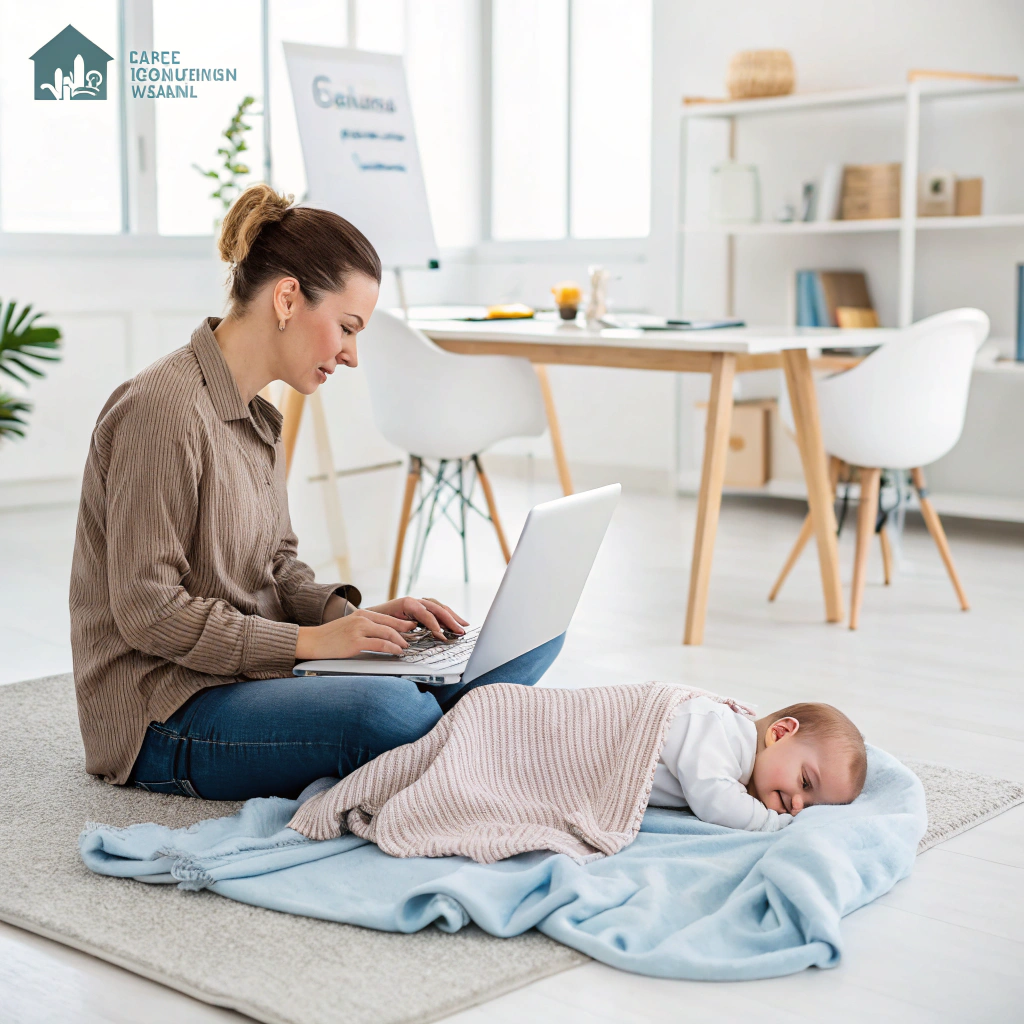
3. Weighted Baby Sleep Products
Viral videos for weighted swaddles, blankets and sleep sacks that purport to help little ones to sleep longer.
- Why it’s dangerous : Babies lack the ability to push away heavy items and can overheat, or experience difficulty breathing
- Possible consequences : Increased chance of SIDS, suffocation
- Safe option : Follow hard sleep guidelines with a firm mattress, fitted sheet, and no other bedding in the crib.
Sleep Safe Not So Safe Sleep Life Hacks
When you’re holding a crying a newborn in the wee hours of the night, it’s hard to get an accurate perspective on how long you’ve been awake, how often your baby has been waking up, or how much they’ve been eating or sleeping that day.
Establishing Healthy Sleep Foundations
No need to go to radical lengths to develop a more sustainable sleep routine. Focus on these basics :
- Consistent sleep environment – temperature is cool and had white noise and low light if helpful.
- Regular per-sleep routine – Low-key, quiet activities can signal that it’s time to sleep (bath, bottle, book, bed)
- Age-appropriate timing – observe for sleepy cues, not the clock in those early months.
No Cry Solutions for Baby’s Sleep!
And right now parents are fractured looking for a magical answer to help baby sleep better at night without doing any of the old school sleep training. Try these gentle approaches :
- Pause – Pause and see if baby resettles into whatever they were doing before you rush in on the stir!
- Taper and withdrawal – When treat (threats) decreases so does time • Words of assurance counteract effects.
- Environmental enrichment – Put blackout coverings on windows to darken a room on a hot day, or turn the volume up on the heat, and keep the sound nice and loud.
Extending Newborn Sleep Stretches Safely
For parents of newborns looking to stretch the amount of sleep you can get, these pediatrician-endorsed tips will offer safe alternatives to hacking TikTok :
- Dream feeds – The quick way to give the feed while still entirely asleep.
- Swaddle safely – Swaddling with safe materials (and stop if rolling over)
- Day/ night cycle — Day bright and bustling, night dark and quiet
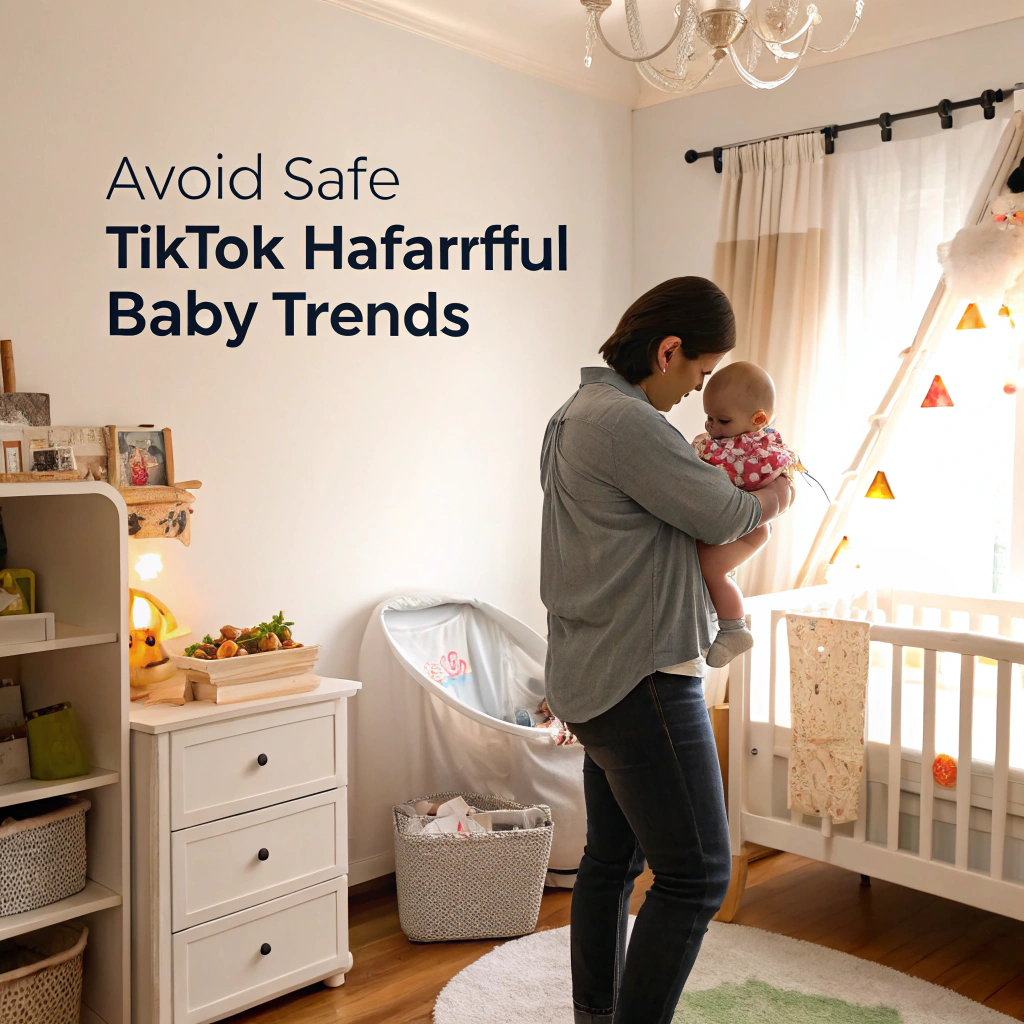
New Viral Trends and the Role of Medicine
Dangerous baby hacks, pediatricians say, spread around the internet when they offer quick fixes to common issues. “Parents are tired and hungry for solutions,” said Dr. Samantha Lee, a developmental pediatrician. “When it comes to social media, algorithms reward dramatic statements and dramatic solutions, not evidence-based other, more measured ways of doing things that take time,” he said.
In your quest to sort the baby info wheat from the chaff, ask yourself : Is the baby advice trend in question ultimately harmful or not?
- Source credibility – Is the person in the video a doctor, etc.?
- Basis for recommendation – Is the recommendation evidence-based?
- Risk analysis – what’s the worst that could happen if you use this approach?
- OPTIONS Are there alternatives with a lower risk of achieving the same goal?
Conclusion
For some perspective there, too: Check out these 39 (yes, 39) TikTok moms, several of whom have even more followers than the ones above and plenty of great communal sharing about the trials and tribulations of having a baby — although good vibes from TikTok for the Baby Feats and also postpartum shave-the-he-adage is pretty much where I lose interest, personally — and they helpfully span a wide range of baby topic advice, from how to safely bathe a baby to TikTok’s featuring pacifiers filled with frozen breast milk and, um, a word of caution for readers: Whatever you do, do not eat urchin sushi while watching the pacifier/BM hack, if you eat urchin sushi, because you will regret it. When it comes to caring for a baby, your pediatrician and reputable medical organizations remain your best sources of information; you want to rely on scientifically credible sources. In opting for safety over viral shortcuts, you will be paving the way for a healthy development that extends far beyond those trying first months.
If you’ve found this information helpful, can you share it with other parents navigating the murky world of social media baby advice? Remember, when it comes to health-related advice for your baby, the most trusted influence is your health professional, not your social feed.
Frequently Asked Questions
How can I tell if a TikTok ‘baby safety trend’ is unsafe?
Check that the advice is coming from a content creator with a medical background, and cross-reference recommendations with those from sources like the American Academy of Pediatrics. If you’re not sure whether a new technique is safe for your baby, always check with your pediatrician.
What are the bedtime strategies to help a newborn sleep without crying it out?
Some safe alternatives might be consistent bedtime routines, using white noise, swaddling (until baby is rolling), room sharing for the first 6-12 months and respond promptly to feeding cues upon wakening.
Why are homemade baby formulas dangerous, even if they have “natural” ingredients?
Recipes from home are not the best mix of nutritional needs a growing baby will have. Unfortunately, any deviation in these electrolytes from what our body requires can result in serious consequences such as malnutrition, electrolyte imbalances, bacterial infections and even organ failure.
How do I perform a safe and effective sleep ritual with my baby?
Consistency is better than time. Prepare a regular bedtime routine, respond to sleep signals, establish a safe sleep space and gradually teach your baby the difference between day and night with extra activity and light.
My infant will not sleep in a crib, what can I do or should I not do anything?
If you are worried, check with your pediatrician regarding medical issues like reflux or colic. If you’d like your baby closer to you but would like to practice safe sleep, get a bedside bassinet. Just remember some babies may need more time to get used to sleeping alone.
Are there TikTok sleep trends that pediatricians genuinely endorse?
A few pediatricians promote social media posts on room-sharing but not bed-sharing, regular sleep routines and realistic sleep expectations for developmental stages. As always, verify procedures with your personal doctor.
How will I know my newborn is ready for longer stretches of sleep?
Both lead to an increased ability of most infants to tolerate longer stretches of sleep from a physiological standpoint around 3-4 months, as the circadian rhythm develops into a more “adult” form. There are cues to be looking for, not an imaginary schedule you decree because everybody else on social media is.
What are some safe things I can do to help my newborn sleep better?
Safe interventions include “gentle rocking, swaddling receiving babies when still young, pacifiers once the breastfeeding relationship is established, white noise and skin-to-skin through awake periods to ensure safety.
Is it okay if my baby only takes short naps?
Yes, babies tend to sleep in 2-3 hour cycles because baby stomachs are tiny and they need the light to deep sleep. Short sleep durations are normative and protective in the first half year.
How do I “ease” my newborn into longer naps?
Create a nap-friendly environment and cue into sleepy signals instead of making baby wait too long, play white noise at nap times, and consider a plan with a gradual “soothing ladder” that begins with a less interventionist response when baby just stirs.
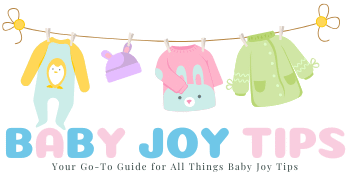

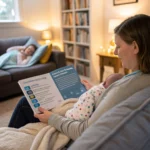
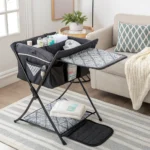
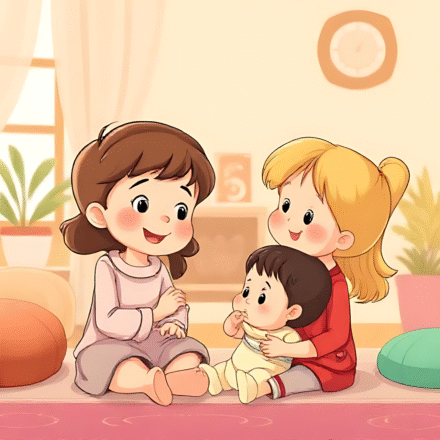
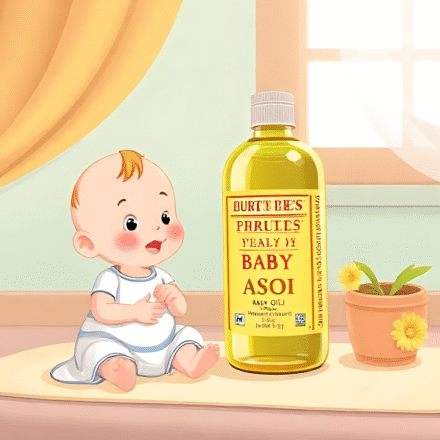
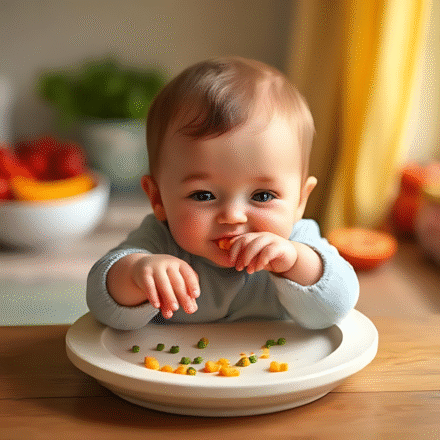
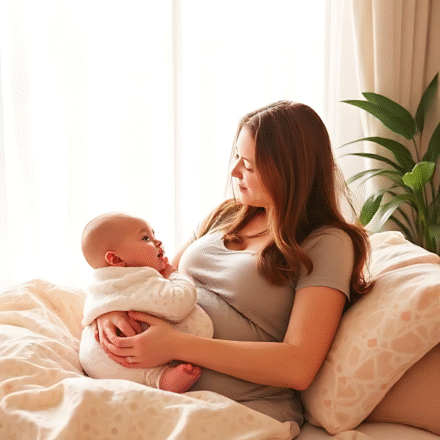
Leave a Comment